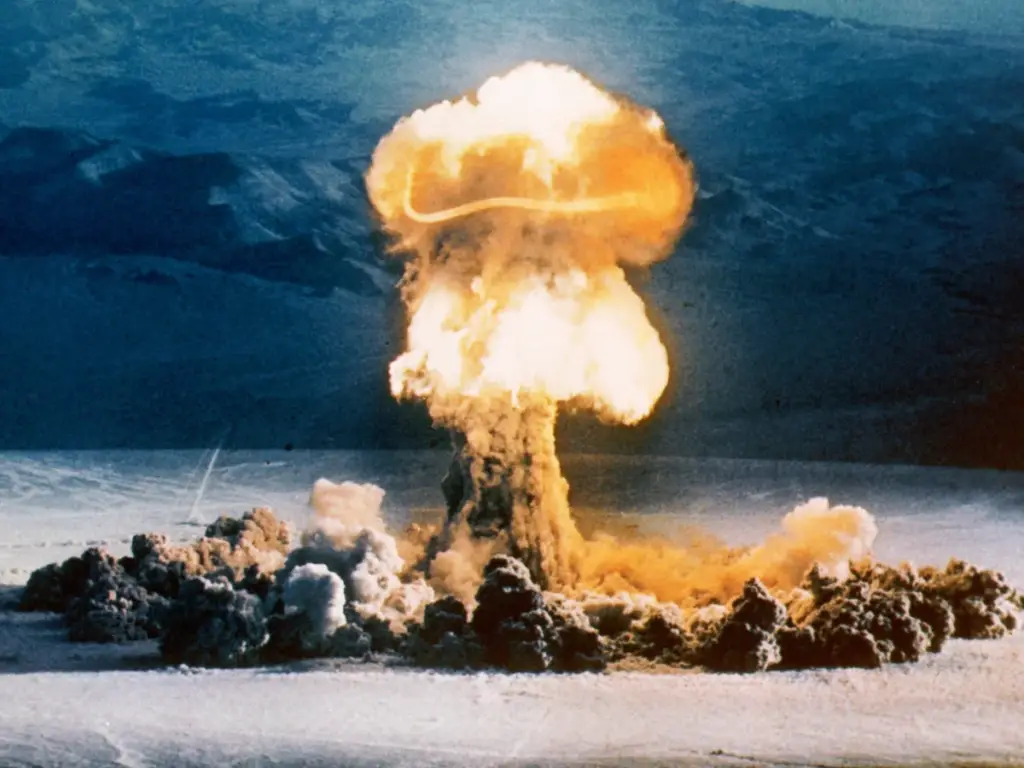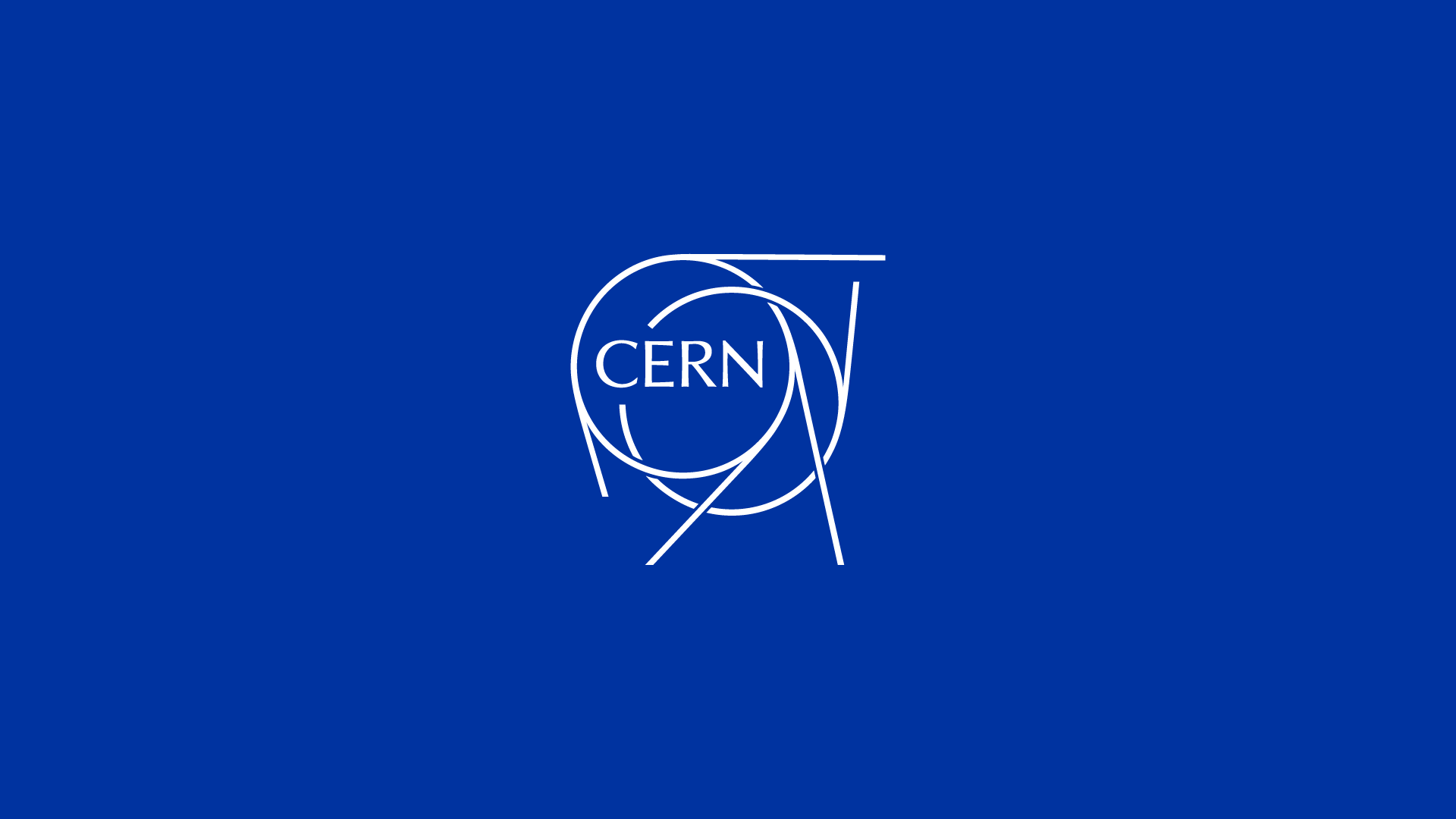Founded in 1954, CERN is a leading scientific institution dedicated to nuclear and particle physics research. While its primary focus is on fundamental science, CERN’s research has historically intersected with military applications, raising ethical and transparency concerns.
Topics and Relevance
1. Ethical Concerns About Nuclear Proliferation
The development of nuclear weapons during WW2 marked a turning point in scientific and military history. While the Manhattan Project demonstrated the potential of nuclear energy, it also raised ethical questions about the use of science for destructive purposes. Delegates will debate the responsibilities of scientists, the impact of nuclear proliferation on global security, and the ethical boundaries of scientific research. Should there be international regulations to prevent the misuse of scientific discoveries? How can the lessons of WW2 inform modern approaches to nuclear ethics?


2. Transparency in Nuclear Researches
The secrecy of nuclear research during WW2, particularly in the Manhattan Project, created a legacy of mistrust and competition in the scientific community. Delegates will discuss the importance of transparency in nuclear research and its role in preventing future conflicts. Should nuclear research be subject to international oversight? How can organizations like CERN promote open collaboration while addressing security concerns? This agenda item will explore the balance between scientific progress and global responsibility.
Rules of Procedure
1. Opening of the Session
- The session begins with the Chair calling the roll to establish which delegates are present.
- Delegates respond with either:
- “Present and Voting” if they are ready to participate in voting.
- “Present” if they are present but do not wish to vote on resolutions.
2. Setting the Agenda
- The committee will decide on the order of topics to be discussed during the session.
- A delegate can motion to set the agenda, proposing the order in which the topics will be addressed.
- A vote is taken to determine the order of discussion.
- If there are multiple topics, the committee can decide by a simple majority vote.
3. Speeches and Debate
- Opening Speeches: Each delegate is given the floor to deliver a speech about their country’s position on the topics. This speech is typically limited to 1-2 minutes.
- General Debate: After opening speeches, the committee engages in a general debate on the topic, where delegates can express their views and positions.
- Speakers’ List: A list of delegates who wish to speak is maintained. Delegates wishing to speak should raise their placard to be added to the list.
4. Motions
Delegates can propose various motions during the session, such as:
- Motion to Set the Agenda: A delegate motions to set the order of the topics to be discussed.
- Motion for a Moderated Caucus: A delegate motions for a structured debate on a specific issue. It includes a set speaking time and topic of discussion.
- Motion for an Unmoderated Caucus: A motion for informal discussions between delegates, where there is no formal speaking order.
- Motion to Move into Voting Procedure: Once discussion on a topic is concluded, delegates can motion to move to the voting procedure to decide on the draft resolutions.
5. Moderated Caucus
- A moderated caucus allows delegates to debate a specific aspect of a topic in a more structured way.
- A delegate motions for a specific time limit and issue to be discussed.
- The Chair will call on delegates in the order they raise their placards to speak.
6. Unmoderated Caucus
- An unmoderated caucus is a break from formal procedures where delegates can freely interact, negotiate, and form alliances.
- During this time, delegates may discuss solutions informally or write draft resolutions.
7. Draft Resolutions
- Throughout the session, delegates will work together to draft resolutions that address the issue at hand.
- A draft resolution must be submitted to the Chair for approval before being considered for debate.
- Once a draft resolution is approved, it will be debated by the committee.
- Delegates can propose amendments to the draft resolution, which will be debated and voted on separately.
8. Amendments
- Any delegate can propose an amendment to a draft resolution during the debate.
- Amendments should be submitted in writing and are debated before a vote is taken.
- Amendments can be friendly (if accepted by the sponsor of the resolution) or unfriendly (if not accepted by the sponsor).
9. Voting Procedure
- Once all the debate and amendments are concluded, the committee moves into the voting procedure.
- Delegates vote on resolutions and amendments. Voting options include:
- Yes: The delegate supports the resolution or amendment.
- No: The delegate opposes the resolution or amendment.
- Abstain: The delegate chooses not to vote.
- Simple Majority: A resolution or amendment is passed if it receives a simple majority of “Yes” votes.
10. Consensus
- In some cases, the committee may work towards achieving consensus rather than taking a formal vote. If all delegates agree, a resolution may be passed without a formal vote.
- The Chair will call for a consensus, and if no objections are raised, the resolution is considered passed.
11. Adjournment
The Chair will thank the delegates for their contributions, and the session will officially conclude.
Once all items on the agenda are completed and all votes are taken, the session is adjourned.


